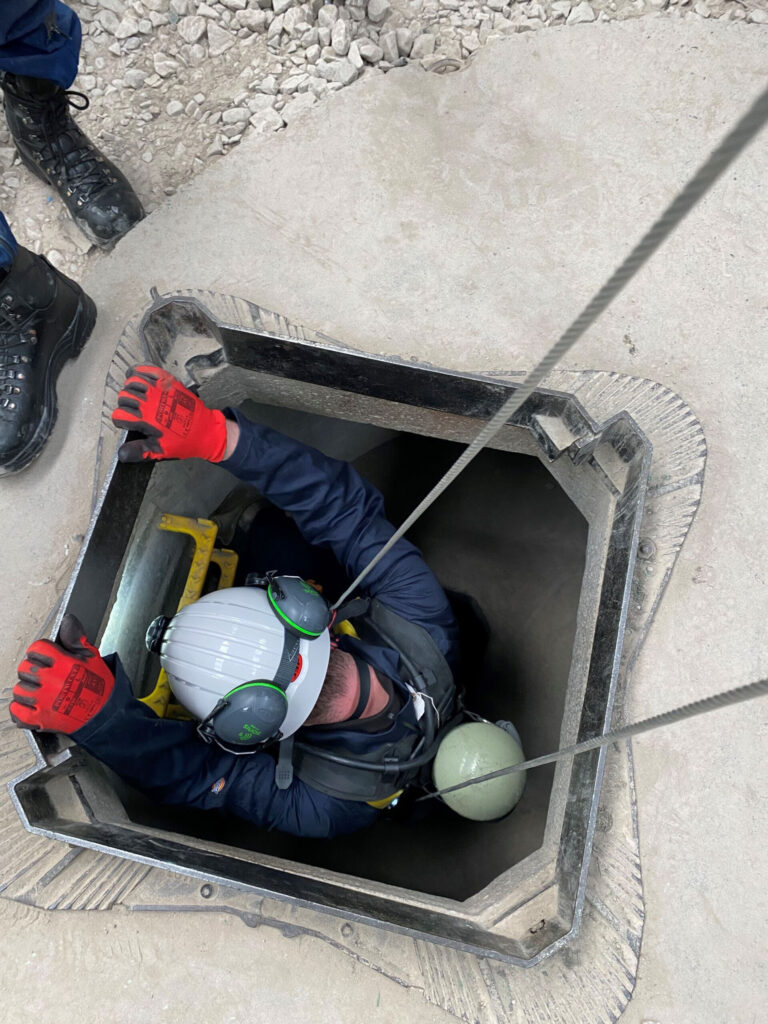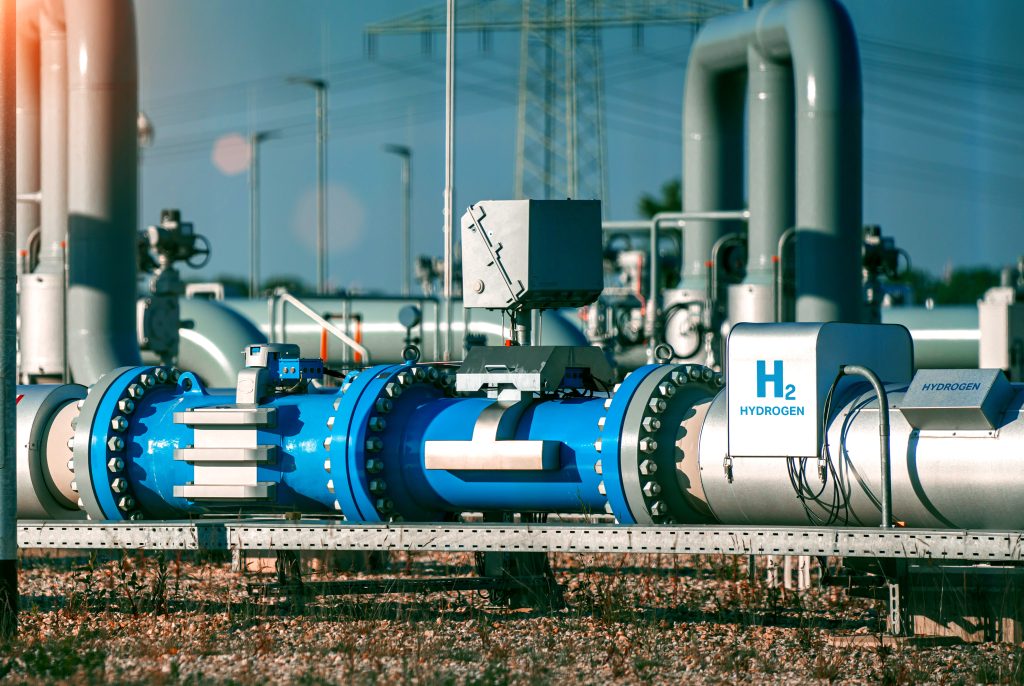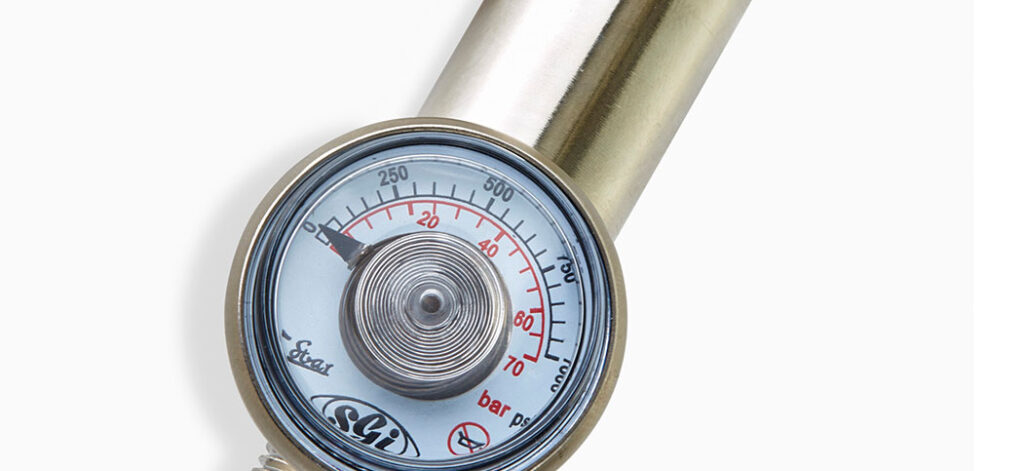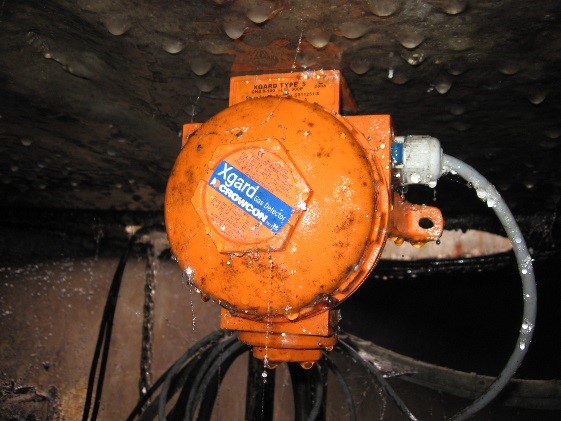Che cos'è lo spazio confinato ed è classificato?
Lo spazio confinato è un problema globale. In questo blog facciamo riferimento alla documentazione dedicata dell'Health and Safety Executive del Regno Unito e a quella dell'OSHA degli Stati Uniti, in quanto sono ampiamente familiari alle procedure di salute e sicurezza di altri Paesi.
Uno spazio confinato è un luogo sostanzialmente chiuso, anche se non sempre completamente, in cui possono verificarsi gravi lesioni a causa di sostanze o condizioni pericolose all'interno dello spazio o nelle vicinanze, come la mancanza di ossigeno. Essendo così pericolosi, è pericolosi, è necessario notare che qualsiasil'accesso agli spazi confinati deve essere l'unica e ultima opzione per svolgere il lavoro. Regolamento sugli spazi confinati 1997. Codice di prassi approvato, regolamenti e linee guida è destinato ai dipendenti che lavorano in Spazi Confinaticoloro che impiegano o formano tali persone e coloro che le rappresentano.
I rischi e i pericoli: i COV
Uno spazio confinato che contiene determinate condizioni di pericolo può essere considerato uno spazio confinato soggetto ad autorizzazione ai sensi della norma. Gli spazi confinati soggetti ad autorizzazione possono essere immediatamente pericolosi per la vita degli operatori se non sono adeguatamente identificati, valutati, testati e controllati. Lo spazio confinato soggetto ad autorizzazione può essere definito come uno spazio confinato in cui esiste il rischio di uno (o più) dei seguenti elementi:
- Lesioni gravi dovute a incendio o esplosione
- Perdita di coscienza dovuta all'aumento della temperatura corporea
- Perdita di coscienza o asfissia dovuta a gas, fumi, vapori o mancanza di ossigeno.
- Annegamento dovuto all'innalzamento del livello di un liquido
- Asfissia dovuta a un solido che scorre liberamente o all'impossibilità di raggiungere un ambiente respirabile perché intrappolato da tale solido che scorre liberamente.
I pericoli che ne derivano sono i seguenti:
- Sostanze infiammabili e arricchimento di ossigeno(leggi)
- Calore eccessivo
- Gas, fumi o vapori tossici
- Carenza di ossigeno
- Ingresso o pressione di liquidi
- Materiali solidi a flusso libero
- Altri pericoli (come l'esposizione all'elettricità, al rumore forte o alla perdita di integrità strutturale dello spazio) voci
 Identificazione dello spazio confinato
Identificazione dello spazio confinato
L'HSE classifica gli spazi confinati come qualsiasi luogo, compresi camere, serbatoi, tini, silo, pozzi, trincee, tubature, fognature, canne fumarie, pozzi o altri spazi simili in cui, in virtù della sua natura chiusa, si verifica un rischio specifico ragionevolmente prevedibile, come indicato sopra.
La maggior parte degli spazi confinati è facilmente identificabile, anche se a volte l'identificazione è necessaria in quanto uno spazio confinato non è necessariamente chiuso su tutti i lati: alcuni, come i tini, i silos e le stive delle navi, possono avere la parte superiore o i lati aperti. Non si tratta nemmeno di uno spazio esclusivo di piccole dimensioni e/o difficile da lavorare: alcuni, come i silos per cereali e le stive delle navi, possono essere molto grandi. Possono non essere così difficili da entrare o uscire: alcuni hanno diverse entrate/uscite, altri hanno aperture piuttosto grandi o sono apparentemente facili da raggiungere. Alcuni spazi confinati (come quelli utilizzati per la verniciatura a spruzzo nei centri di riparazione auto) sono utilizzati regolarmente da persone nel corso del loro lavoro.
Ci possono essere casi in cui uno spazio in sé non può essere definito come spazio confinato, tuttavia, mentre il lavoro è in corso e fino a quando il livello di ossigeno non si ripristina (o i contaminanti si sono dispersi ventilando l'area), è classificato come spazio confinato. Esempi sono: saldature che consumano parte dell'ossigeno respirabile disponibile, una cabina di verniciatura durante la spruzzatura della vernice, l'uso di prodotti chimici per la pulizia che possono aggiungere composti organici volatili (VOC) o gas acidi, o un'area soggetta a ruggine significativa che ha ridotto l'ossigeno disponibile a livelli pericolosi.
Quali sono le regole e i regolamenti per i datori di lavoro?
L'OSHA (Occupational Safety and Health Administration) ha pubblicato una scheda informativa che evidenzia tutte le norme e i regolamenti relativi ai lavoratori residenziali negli spazi confinati.
In base ai nuovi standard, gli obblighi del datore di lavoro dipenderanno dal tipo di datore di lavoro. L'appaltatore controllante è il principale punto di contatto per qualsiasi informazione sul PRCS in cantiere.
Il datore di lavoro ospitante: Il datore di lavoro che possiede o gestisce l'immobile in cui si svolgono i lavori di costruzione.
Il datore di lavoro non può affidarsi esclusivamente ai servizi di emergenza per i soccorsi. Un servizio dedicato deve essere pronto ad intervenire in caso di emergenza. Le disposizioni per il salvataggio di emergenza, richieste dalla norma 5 delle Norme sugli spazi confinati, devono essere adeguate e sufficienti. Se necessario, devono essere fornite attrezzature per consentire l'esecuzione di procedure di rianimazione. Le disposizioni devono essere adottate prima che una persona entri o lavori in uno spazio confinato.
L'appaltatore controllante: Il datore di lavoro che ha la responsabilità generale della costruzione nel cantiere.
Il datore di lavoro o il subappaltatore: Qualsiasi datore di lavoro che decide che un dipendente da lui diretto entrerà in uno spazio confinato soggetto a licenza.
I dipendenti hanno la responsabilità di sollevare questioni come contribuire a evidenziare i potenziali rischi sul posto di lavoro, garantire che i controlli sulla salute e sulla sicurezza siano pratici e aumentare il livello di impegno a lavorare in modo sicuro e sano.
Test/monitoraggio dell'atmosfera:
Prima dell'ingresso, l'atmosfera all'interno di uno spazio confinato deve essere testata per verificare la concentrazione di ossigeno e la presenza di gas, fumi o vapori pericolosi. I test devono essere eseguiti quando la conoscenza dello spazio confinato (ad esempio, da informazioni sul suo precedente contenuto o sulle sostanze chimiche utilizzate in una precedente attività nello spazio) indica che l'atmosfera potrebbe essere contaminata o in qualche misura non sicura da respirare, o quando esistono dubbi sulle condizioni dell'atmosfera. I test devono essere effettuati anche se l'atmosfera è stata precedentemente contaminata e di conseguenza ventilata (HSE Safe Work in Confined Spaces: Confined Spaces Regulations 1997 and Approved Codes of Practice).
La scelta dell'apparecchiatura di monitoraggio e rilevamento dipenderà dalle circostanze e dalla conoscenza dei possibili contaminanti e potrebbe essere necessario avvalersi della consulenza di una persona competente per decidere il tipo di apparecchiatura più adatto alla situazione - Crowcon può aiutarvi in questo senso.
Le apparecchiature di monitoraggio devono essere in buono stato di funzionamento. I test e le calibrazioni possono essere inclusi nei controlli giornalieri dell'operatore (controllo di risposta), se ritenuti necessari in conformità alle nostre specifiche.
In presenza di un rischio potenziale di atmosfere infiammabili o esplosive, saranno richieste e certificate apparecchiature specificamente progettate per misurarle. A sicurezza intrinseca. Tutte le apparecchiature di monitoraggio di questo tipo devono essere specificamente adatte all'uso in atmosfere potenzialmente infiammabili o esplosive. I monitor per gas infiammabili devono essere calibrati per i diversi gas o vapori che la valutazione del rischio ha identificato come possibili e possono richiedere calibrazioni alternative per i diversi spazi confinati. Contattateci se avete bisogno di aiuto
I test devono essere eseguiti da persone competenti nella pratica e consapevoli degli standard esistenti per i contaminanti aerodispersi da misurare, nonché istruite e formate sui rischi connessi all'esecuzione di tali test in uno spazio confinato. Chi esegue i test deve anche essere in grado di interpretare i risultati e di prendere le misure necessarie. I risultati e le conclusioni devono essere registrati, assicurando che le letture vengano effettuate nel seguente ordine: ossigeno, infiammabili e tossici.
L'atmosfera in uno spazio confinato può spesso essere testata dall'esterno, senza bisogno di entrare, prelevando campioni attraverso una lunga sonda. Se si utilizzano tubi di campionamento flessibili, assicurarsi che non aspirino acqua o che non siano ostacolati da pieghe, ostruzioni o ugelli bloccati o ristretti; i filtri in linea possono aiutare in questo senso.
Quali prodotti sono a sicurezza intrinseca e adatti alla sicurezza negli spazi confinati?
Questi prodotti sono certificati per soddisfare gli standard locali di sicurezza intrinseca.
Il Gas-Pro Il rilevatore multigas portatile offre la rilevazione di fino a 5 gas in una soluzione compatta e robusta. È dotato di un display a montaggio superiore di facile lettura che lo rende semplice da usare e ottimale per la rilevazione di gas in spazi confinati. Una pompa interna opzionale, attivata con la piastra di flusso, elimina la fatica del test pre-ingresso e consente di indossare Gas-Pro sia in modalità di pompaggio che di diffusione.
Gas-Pro IlTK offre gli stessi vantaggi in termini di sicurezza del gas del normale Gas-Pro, ma offre anche la modalità Tank Check che può variare automaticamente tra %LEL e %Volume per le applicazioni di inertizzazione.
T4 Il rilevatore di gas portatile 4 in 1 offre una protezione efficace contro i 4 rischi più comuni: monossido di carbonio, idrogeno solforato, gas infiammabili e esaurimento dell'ossigeno. Il rilevatore multigas T4 è ora dotato di un rilevamento migliorato di pentano, esano e altri idrocarburi a catena lunga.
Tetra 3 Il monitor multigas portatile è in grado di rilevare e monitorare i quattro gas più comuni (monossido di carbonio, metano, ossigeno e idrogeno solforato), ma anche una gamma più ampia: ammoniaca, ozono, anidride solforosa, CO filtrato H2 (per le acciaierie).
APPROFONDIMENTI SUL SETTORE
Iscriviti per ricevere gli ultimi approfondimenti di
nella tua casella di posta elettronica
Leggi le informazioni su Crowcon Privacy e Politica sui cookie qui. Se cambiate idea, potete annullare l'iscrizione in qualsiasi momento.






